|
Disclaimer: FOR TEST AND EXAMPLE PURPOSES ONLY! These web pages are not intended to be used as a source of information on medicines.
The web pages are not kept up to date and are for demonstration purposes only.
For up-to-date information on a medicine, please consult www.ema.europa.eu/medicines or the package leaflet of your medicine.
|
BACK TO LIST |
Laboratory Report
|
|
|
|||||||||||||||||||||||||
Chemistry
| Test | 14-JUN-2023 | Reference Range | Unit |
|---|---|---|---|
| Hemoglobin A1c/Hemoglobin.total in Blood | 5.9 | 4.5 - 6.4 | % |
| Glucose [Mass/volume] in Blood | 99.6 | 70 - 140 | mg/dL |
| Urea nitrogen [Mass/volume] in Blood | 12.1 | 7 - 20 | mg/dL |
| Creatinine [Mass/volume] in Blood | 0.8 | 0.6 - 1.1 | mg/dL |
| Calcium [Mass/volume] in Blood | 9.8 | 8.5 - 10.4 | mg/dL |
| Sodium [Moles/volume] in Blood | 140.6 | 135 - 145 | mmol/L |
| Potassium [Moles/volume] in Blood | 4.3 | 3.5 - 5.1 | mmol/L |
| Chloride [Moles/volume] in Blood | 109.8 H | 98 - 107 | mmol/L |
| Carbon dioxide, total [Moles/volume] in Blood | 26.7 | 22 - 29 | mmol/L |
Annotation
| Conclusion and Recommendations based on this report and previous findings known to us |
|---|
| All laboratory values are within normal limits except for a mildly elevated chloride. Renal function, glucose control, and electrolytes are stable. The isolated mild hyperchloremia is likely not clinically significant but should be interpreted in the clinical context. No acute laboratory abnormalities detected. |